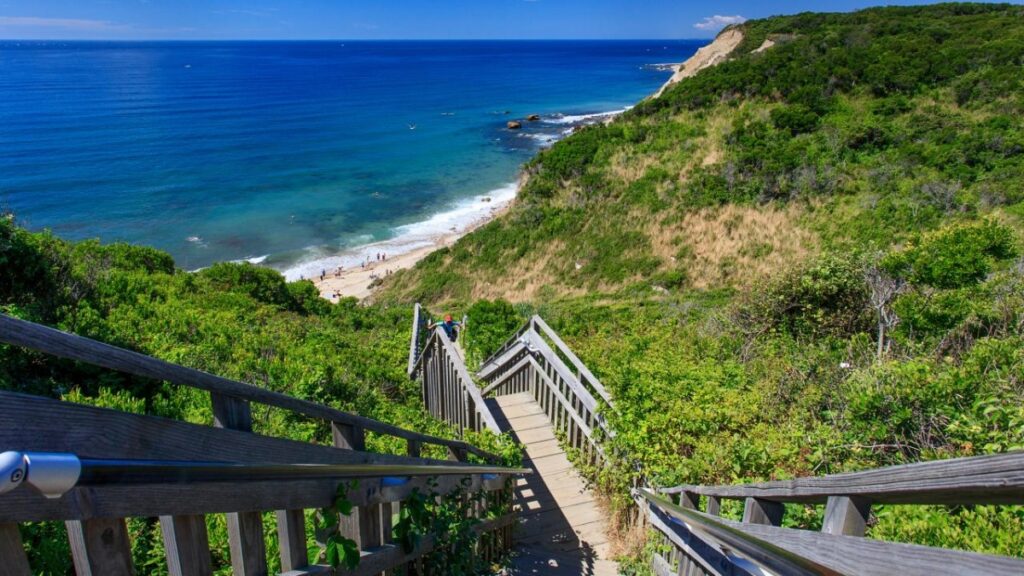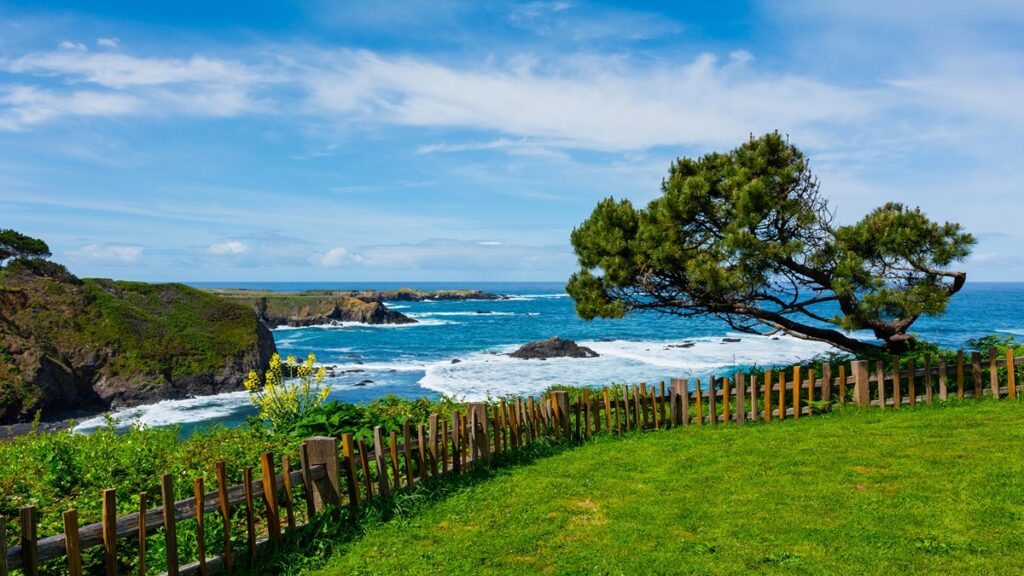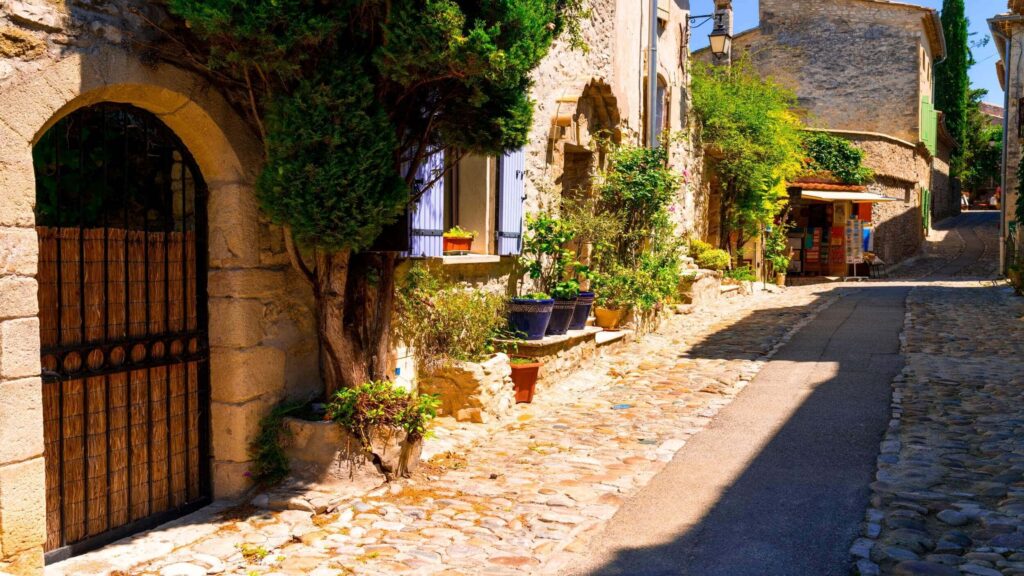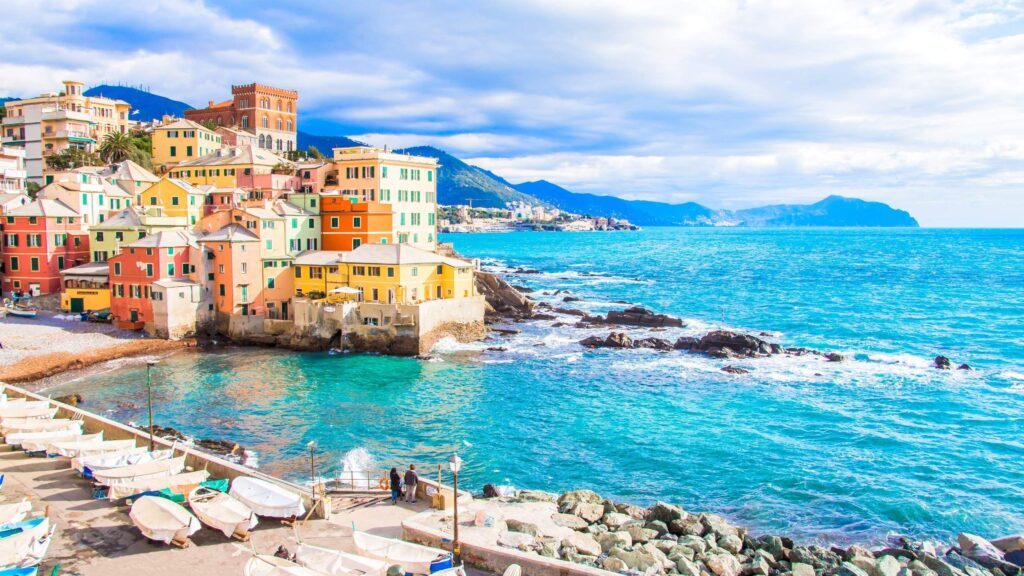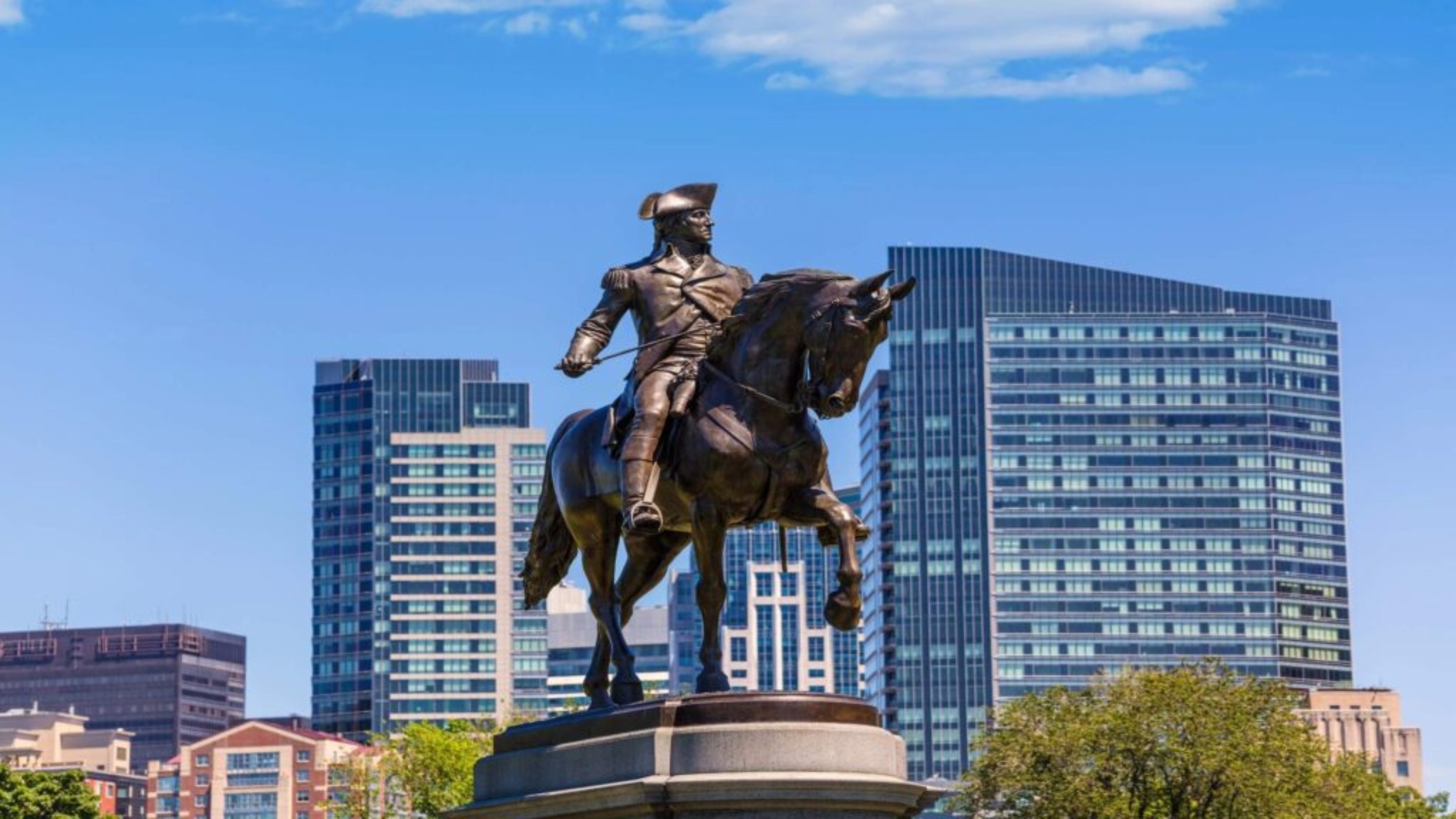
Freedom Trail Boston Stops: Ultimate Guide
I’ve walked the famous brick path countless times, guiding visitors through Boston’s revolutionary landmarks. I can tell you there’s no better way to immerse yourself in American history than exploring the Freedom Trail Boston stops. Let me take you through this remarkable journey where America’s fight for independence unfolded.
During my explorations along this historic route, I’ve discovered the perfect times to visit each landmark. The 2.5-mile trail connects 16 nationally significant sites, all telling different chapters of America’s birth story. In contrast to many tourist attractions, this self-guided path lets you set your own pace through centuries of history.

The Beginning of Your Freedom Trail Boston Stops Tour
The path starts at America’s oldest public park, a green 44-acre space that has seen hundreds of years of history. I always recommend arriving at Boston Common before 9 am to enjoy the peaceful morning atmosphere. Unlike later hours, early mornings offer serene pathways with minimal crowds.
Boston Common Navigation Tips
Ancient elm trees provide welcome shade as you start your Freedom Trail adventure. I find this spot particularly magical in spring when cherry blossoms create a stunning backdrop for the first stops. Throughout the seasons, this starting point remains my favourite place to orient visitors before our historic walk begins.
Walking through Boston Common, you’ll notice the distinctive red brick line that marks the entire Freedom Trail Boston MA route. This ingenious navigational aid ensures you’ll never lose your way. Just as colonists gathered here centuries ago, visitors now congregate daily to begin their journey through Boston’s revolutionary past.

Freedom Trail Boston Stops Through Historic Districts
Massachusetts State House Visit
Just beyond Boston Common sits the magnificent Massachusetts State House with its gleaming gold dome. I typically spend about 30 minutes here, admiring the architecture and learning about state governance. Despite its busy official function, this building welcomes visitors for tours throughout the week.
Exploring Beacon Hill Architecture
Colonial architecture surrounds you as the Freedom Trail Massachusetts route winds through historic neighbourhoods. I’ve found Beacon Hill particularly captivating with its gas lanterns and brick sidewalks. Just when you think you’ve stepped back in time, modern cafés and boutiques remind you of Boston’s living history.
My personal recommendation is to visit the Old Granary Burying Ground around mid-morning. This old graveyard has the bodies of many freedom fighters like Paul Revere and John Hancock. Given this fact, it’s not surprising that history enthusiasts often spend a full hour examining the historic gravestones.
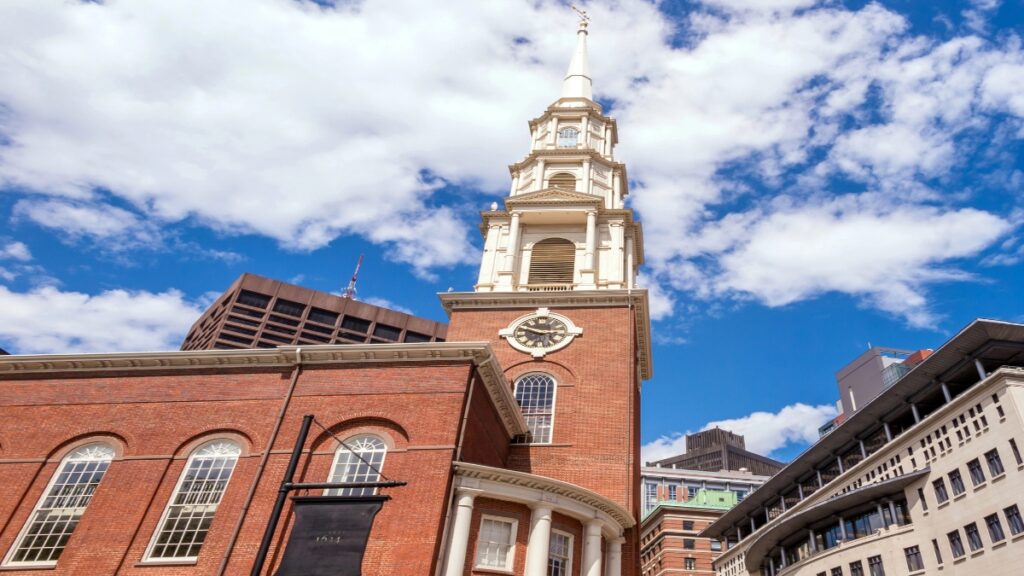
Religious Landmarks Along Boston’s Freedom Trail
Historic Church Architecture
Park Street Church stands tall with its impressive 217-foot steeple that once guided sailors into Boston Harbour. When I take guests here, I always point out that this is where “America” was first sung publicly in 1831. Yet few visitors realise this church also played a pivotal role in the abolitionist movement.
Colonial Religious Sites
Old churches fill the Boston Freedom Trail, showing what religious life was like in early America. I’ve discovered that visiting King’s Chapel between 10 am and noon provides the best lighting for appreciating its magnificent interior. In reality, each church along the trail tells its own unique story of faith and resistance.
Freedom Trail Boston Stops: Sacred Spaces
Walking between these religious landmarks, I always share how these sanctuaries served as meeting places for revolutionary planning. The Old North Church, featured in Longfellow’s famous poem, remains one of the most photographed stops. Taking everything into account, I recommend allowing at least three hours to properly explore these sacred spaces.
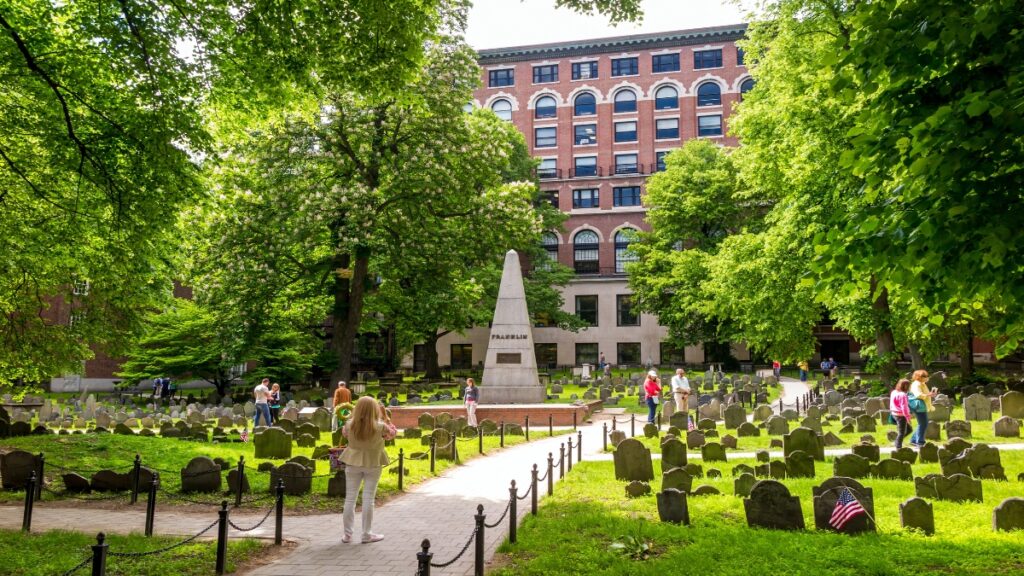
Sacred Freedom Trail Boston Stops That Shaped History
Historic Burial Grounds
Ancient headstones stand witness to centuries of Boston history in the trail’s historic burial grounds. I find early afternoon visits ideal as the sunlight casts dramatic shadows across the weathered stones. Based on my experience, these cemeteries offer peaceful reflection amidst the busy city.
Revolutionary Heroes’ Resting Places
Historic preservation efforts maintain these sacred grounds where revolutionary heroes rest. The Granary Burying Ground contains graves of three signers of the Declaration of Independence. Looking at these final resting places, one can’t help but feel connected to the birth of American democracy.
Copp’s Hill Viewpoints
I usually suggest visitors spend time at Copp’s Hill Burying Ground in the North End. This elevated cemetery offers spectacular views of Boston Harbour and the USS Constitution. Above all else, the stories of ordinary Bostonians buried here provide a glimpse into everyday colonial life.

Freedom Trail Boston Stops: Educational Sites Worth Exploring
America’s Oldest School
Boston Latin School claims the distinction of being America’s oldest public school, educating colonial youth since 1635. During my tours, I always mention its impressive alumni including Benjamin Franklin and John Hancock. Quite remarkably, this educational institution shaped the minds of five signers of the Declaration of Independence.
Freedom Trail Boston Stops: Learning Centers
Colonial education thrived along what is the Freedom Trail today, establishing Boston as America’s intellectual centre. I typically spend 40 minutes at the Old South Meeting House, explaining its dual role as an educational and revolutionary gathering place. Over the years, I’ve found visitors particularly fascinated by the building’s perfect acoustics.
Intellectual Heritage Routes
While exploring these educational landmarks, take time to appreciate the Benjamin Franklin statue near his former school site. I once spent an entire afternoon tracing Franklin’s footsteps through Boston city walking tour routes. In the final analysis, these educational stops reveal how Boston’s commitment to learning helped spark revolutionary thinking.

Essential Freedom Trail Boston Stops for Understanding Colonial Life
Faneuil Hall Marketplace
Daily life continued throughout the revolutionary period, as evidenced by preserved colonial markets and meeting places. I recommend visiting Faneuil Hall around lunchtime when you can combine historical exploration with sampling local cuisine at Quincy Market. After all, experiencing Boston’s food culture is part of understanding its heritage.
Historic Trading Centers
Market stalls once filled these historic buildings where colonial merchants traded goods from around the world. The bustling atmosphere of Faneuil Hall Marketplace today echoes its historic past as the “Cradle of Liberty.” Beyond doubt, this stop offers a perfect blend of shopping, dining, and history.
Literary Landmarks
I always encourage visitors to explore the Old Corner Bookstore, now transformed into a modern retail space. This literary landmark once published works by Thoreau, Hawthorne, and Emerson. In truth, many visitors walk past without realising they’re passing one of America’s most significant literary sites.
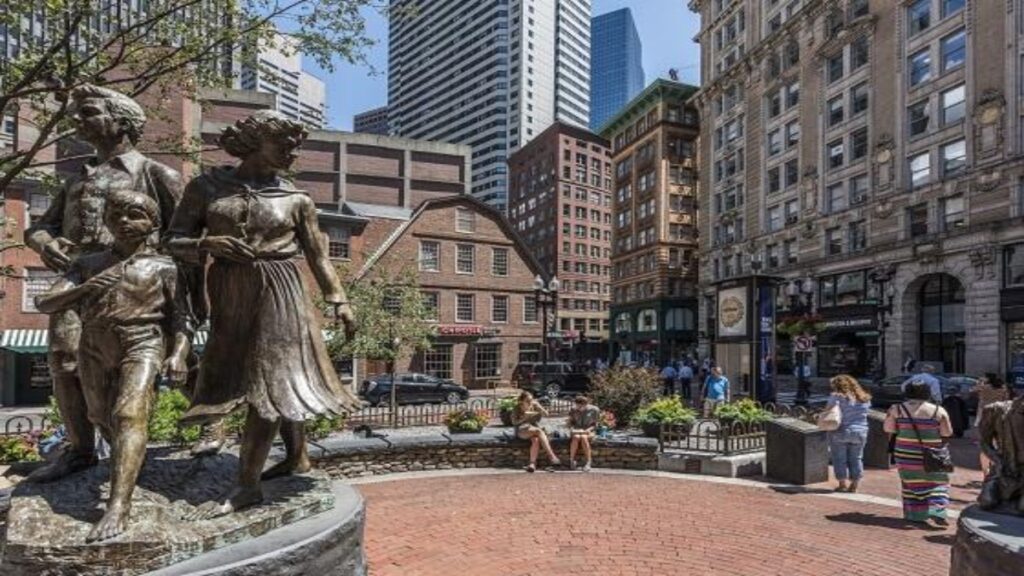
Cultural Highlights of Boston Freedom Trail You Shouldn’t Miss
Freedom Trail Boston Stops: Literary Heritage
Literary traditions flourished along the Freedom Trail Boston route, establishing the city as America’s cultural capital. I typically spend an hour at the Boston Athenaeum, one of America’s oldest independent libraries. Beneath its classical façade, precious manuscripts and artworks tell stories of intellectual achievement.
Colonial Art Influences
Artistic influences shaped colonial Boston, leaving legacies still visible today. During afternoon tours, I like pointing out architectural details often overlooked by casual visitors. Interestingly enough, many revolutionary leaders were also patrons of the arts, understanding culture’s power to unite people.
Old State House Museum
My insider tip for cultural exploration is to visit the Old State House around 3 pm when afternoon light streams through its historic windows. This building, Boston’s oldest public structure, now houses a fascinating museum of revolutionary artifacts. Despite its small size, plan to spend at least an hour absorbing its historical significance.
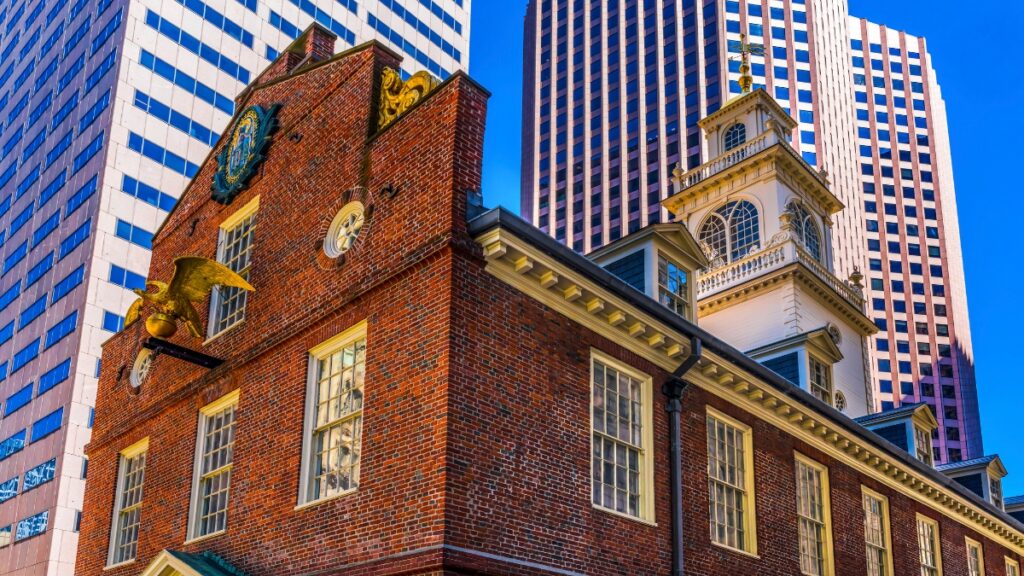
Cultural Heritage Discovery Beyond The Freedom Trail Boston MA
Freedom Trail Boston Stops: Secret Routes
Hidden passages connect many Freedom Trail stops, revealing Boston’s complex urban development. I often lead visitors through these lesser-known routes, sharing stories not found in guidebooks. Surprisingly, these quiet alleyways sometimes offer the most authentic glimpses into colonial Boston.
North End Exploration
Historic neighbourhoods surrounding the trail deserve exploration too. I suggest detouring into the North End to experience Boston’s oldest residential district and vibrant Italian community. While there, sampling cannoli from Mike’s Pastry or Modern Pastry has become an essential part of the Freedom Trail experience.
Freedom Trail Boston Stops: Side Excursions
My best side trip leads to Acorn Street on Beacon Hill, known as America’s most picture-taken street. This narrow cobblestone lane perfectly preserves colonial Boston’s architectural charm. Just steps from the Freedom Trail, this picturesque street transports visitors back to the 18th century.

Revolutionary Freedom Trail Boston Landmarks That Changed History
Historic Meeting Houses
Historic debates echoed through Faneuil Hall and Old South Meeting House, where colonists planned their resistance. I typically arrive at these sites mid-afternoon when the crowds thin out. On numerous occasions, I’ve witnessed visitors deeply moved when standing where revolutionary ideas first took root.
Boston Massacre Site
Colonial protests intensified as British control tightened, with pivotal events unfolding at the Boston Massacre site near the Old State House. I always pause here to explain how this 1770 conflict accelerated revolutionary sentiment. Taking about 20 minutes, this stop helps visitors understand the growing tensions that led to war.
Freedom Trail Boston Stops: Chronological Experience
I strongly suggest exploring the Boston Freedom Trail chronologically to appreciate how revolutionary events unfolded. The trail’s brilliant design naturally leads visitors through America’s path to independence. As every guide knows, following the timeline helps visitors connect historical dots across different stops.
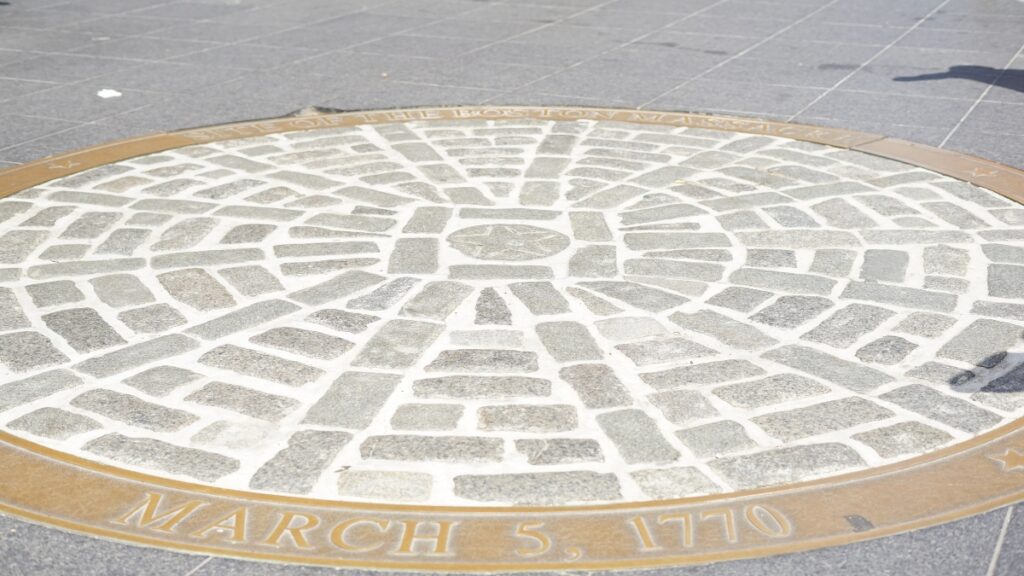
Battle Sites Discovery Guide Along What is the Freedom Trail
Bunker Hill Monument
War markers honor those who died for American freedom. I typically schedule Bunker Hill for late afternoon when climbing its 294 steps feels less daunting. Throughout my years guiding, I’ve found that ending tours here provides a powerful conclusion to the Freedom Trail story.
Revolutionary War Strategies
Military strategy comes alive at these historic battle sites where colonial militia faced British regulars. The Bunker Hill Monument offers panoramic views of Boston and contextualises the revolutionary landscape. During summer months, I recommend bringing water for this final uphill portion of the trail.
Complete Freedom Trail Boston Stops Journey
I always emphasize that the Freedom Trail Boston stops tell a complete story of revolution—from intellectual beginnings to military conclusion. Take about 45 minutes to see the Bunker Hill Monument and Museum. Under ideal conditions, the entire Freedom Trail takes about 4-6 hours to complete properly.

Freedom Trail Boston Stops: Heroes and Patriots
Paul Revere’s Historic Home
Personal stories bring history to life at the trail’s biographical landmarks. The Paul Revere House stands as Boston’s oldest remaining structure, preserved remarkably well since 1680. If possible, I visit early mornings before tour groups arrive, allowing for a more intimate experience.
Colonial Craftsmanship
Colonial craftsmen lived and worked along these historic streets, with preserved workshops revealing their skilled trades. I typically spend 30 minutes exploring Paul Revere’s home, imagining the silversmith planning his famous midnight ride. Notably, this modest house offers authentic glimpses into colonial domestic life.
Freedom Trail Boston Stops: Patriot Residences
My guests particularly enjoy visiting the home of Boston Freedom Trail’s most famous patriot. The house still contains original period furnishings and Revere family possessions. Between guided tours, independent exploration, and the small museum, this stop deserves at least an hour of your itinerary.

Historic Homes and Personal Legacies of Freedom Trail Boston
Revolutionary Leaders’ Residences
Preserved residences showcase how revolutionary leaders lived during this tumultuous period. I recommend visiting these homes after 2 pm when the morning crowds have dispersed. Over years of guiding, I’ve observed that afternoon light creates perfect conditions for photography at these historic structures.
Colonial Domestic Life
Household artifacts reveal intimate details about daily colonial life rarely found in history books. The Nichols House Museum on Beacon Hill, though technically just off The Freedom Trail Boston MA route, provides excellent context for understanding upper-class colonial living. Considering its historical value, the modest admission fee offers tremendous educational return.
Personal Revolutionary Connections
I’ve discovered that connecting revolutionary events to specific individuals helps visitors relate to distant history. Personal stories of courage, sacrifice, and perseverance bring abstractions like “liberty” and “independence” into sharp focus. At these biographical stops, history transcends dates and becomes human drama.
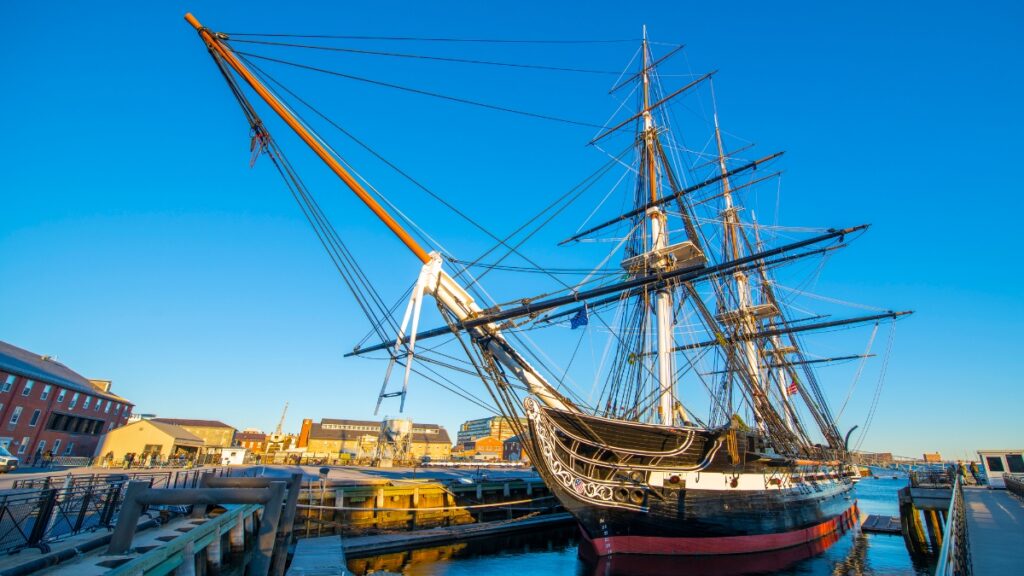
Discovering Boston Freedom Trail’s Maritime History
USS Constitution and Naval Heritage
Sea views come with many parts of the trail, showing Boston’s important ship history. I usually finish Freedom Trail walks at the USS Constitution, “Old Ironsides,” the oldest working warship still in water. With proper timing, you might witness the daily cannon firing at sunset.
Freedom Trail Boston Stops: Waterfront Sites
Naval history intertwines with revolutionary events throughout the Freedom Trail Boston stops. The Charlestown Navy Yard offers fascinating exhibits about American maritime power. Before leaving, I always recommend visitors take the water taxi back to Long Wharf for spectacular skyline views.

Historic Dining Experience
My final suggestion for completing your Freedom Trail experience is enjoying dinner at Union Oyster House, America’s oldest continuously operating restaurant. After a day of walking Boston city walking tour routes, this historic establishment offers period atmosphere and excellent seafood. What better way to conclude your revolutionary journey than dining where history was made?

